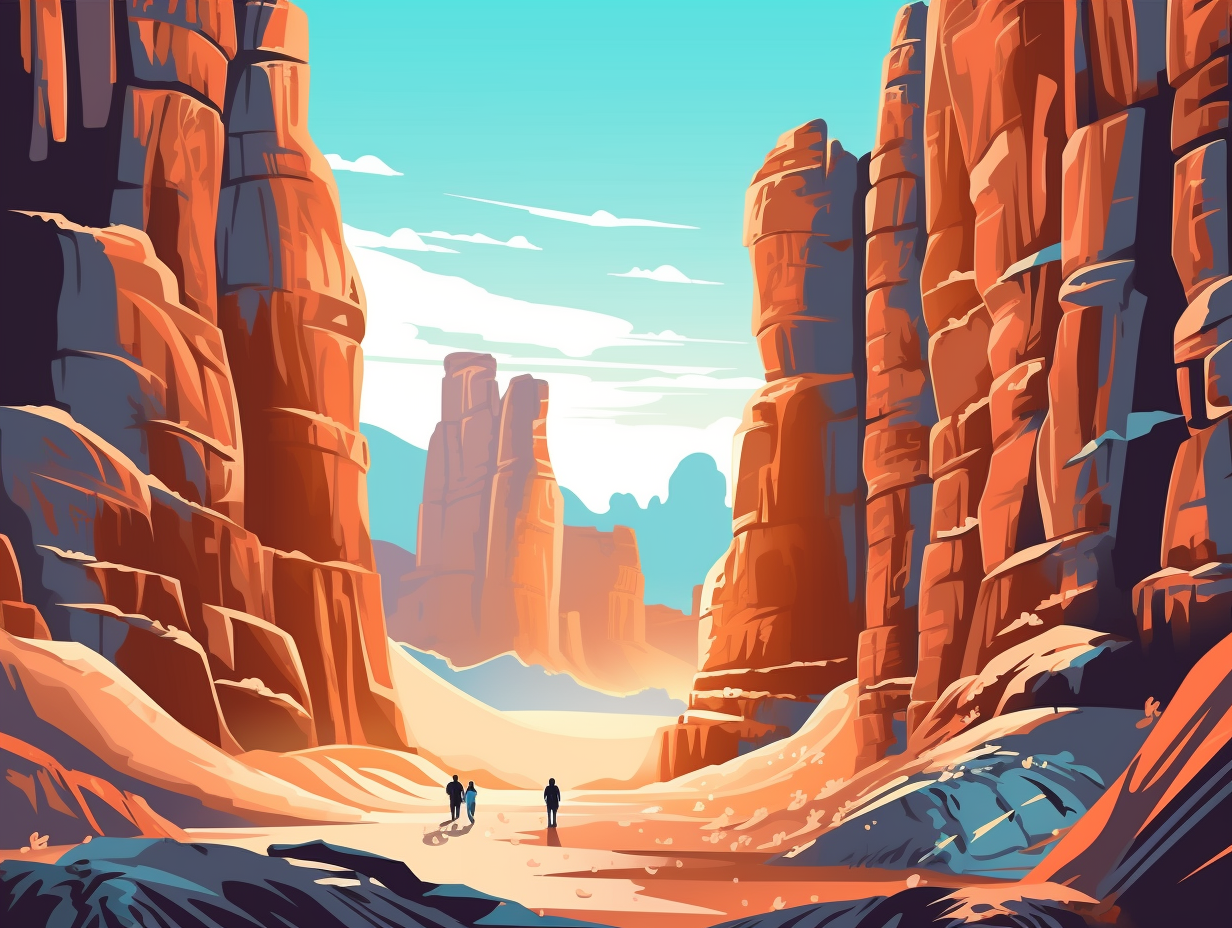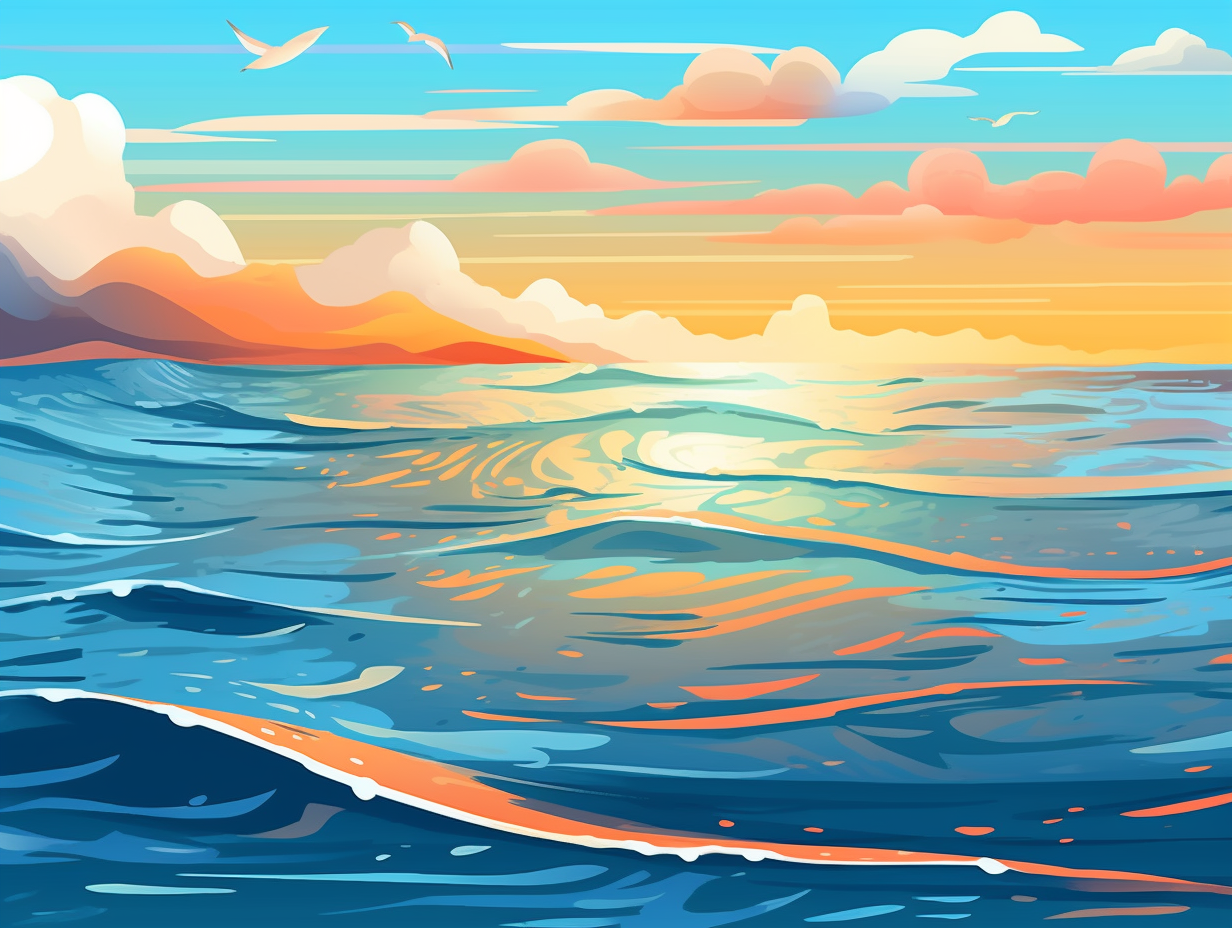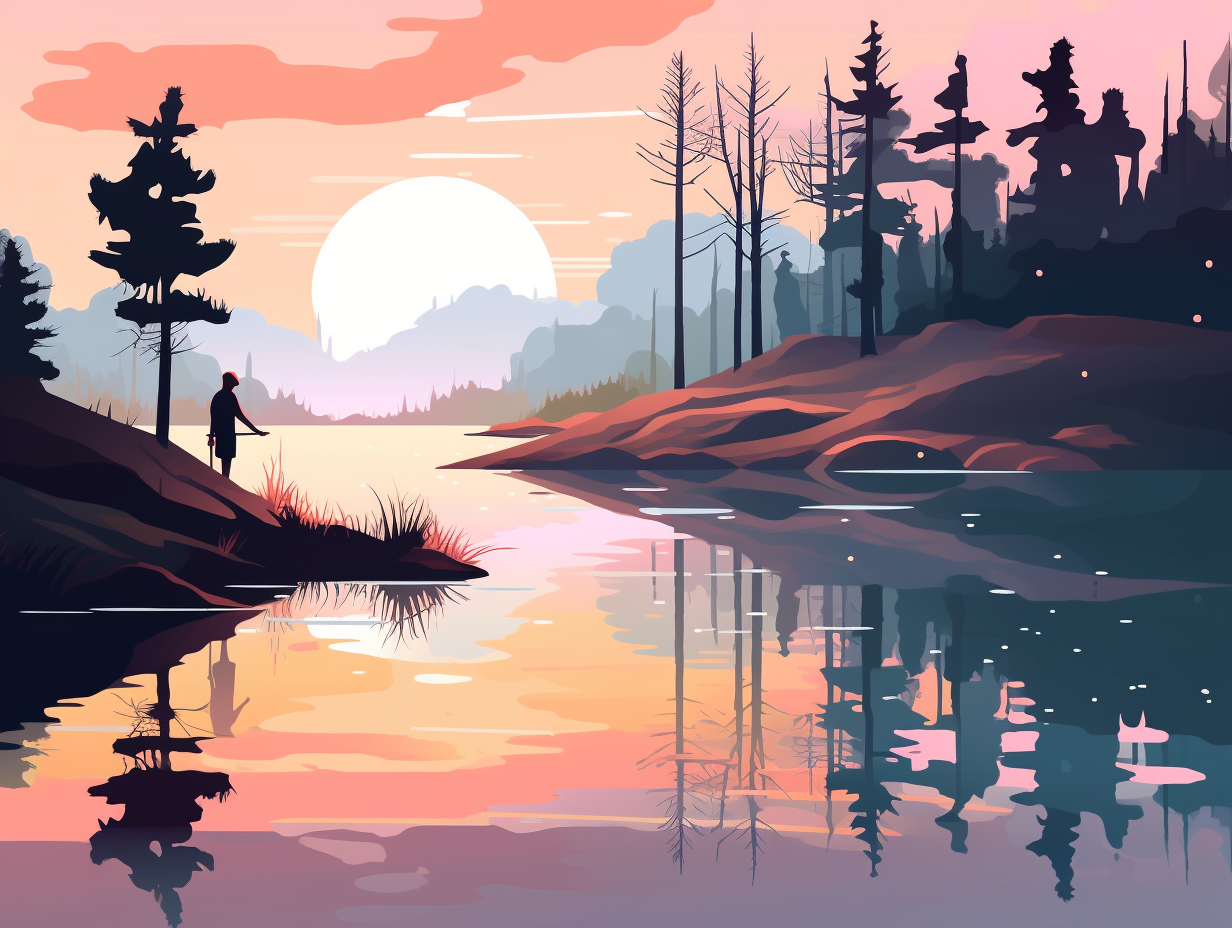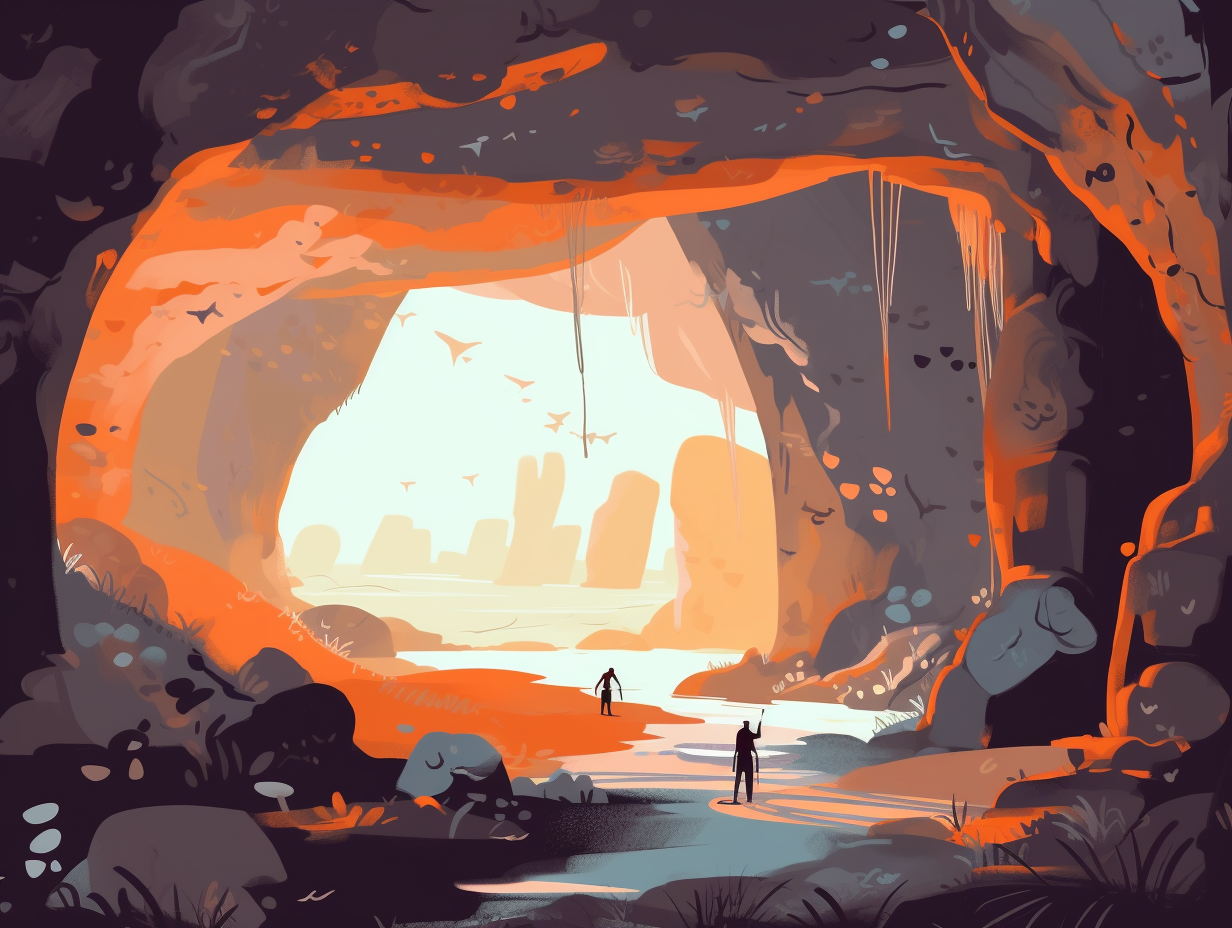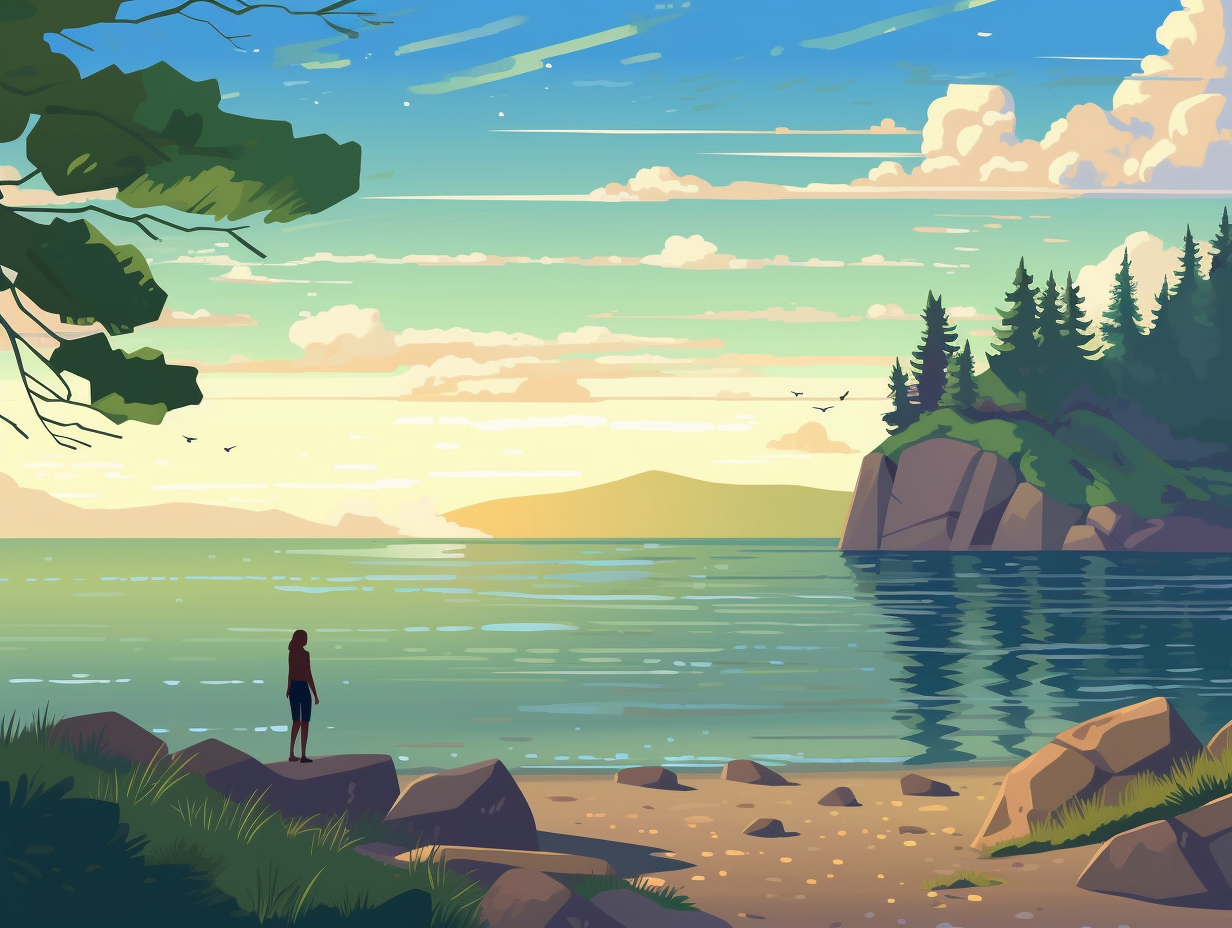Discover Uluru: Top 10 Amazing Fun Facts About Australia's Iconic Natural Wonder

1. Uluru's Instagram Worthy Glow-up
If Uluru were an Instagram model, it'd have a million followers just for its daily sunset glow-up: As an awe-inspiring Australian monolith, Uluru undergoes a majestic color change through sunrise and sunset, taking on hues ranging from milky grey and radiant gold to stunning shades of deep red, dusky pink, and vivid purple, all while surrounded by local wildlife that makes the whole experience even more enchanting.
Source => ulurutoursaustralia.com.au
2. Uluru's Blushing Secret
Why did the Uluru blush? It's hiding a dirty little secret: Uluru's red hue is caused by the oxidation of iron-bearing minerals within the rock over hundreds of thousands of years, but underneath that rusty facade, the fresh rock is actually a more modest gray color.
Source => abc.net.au
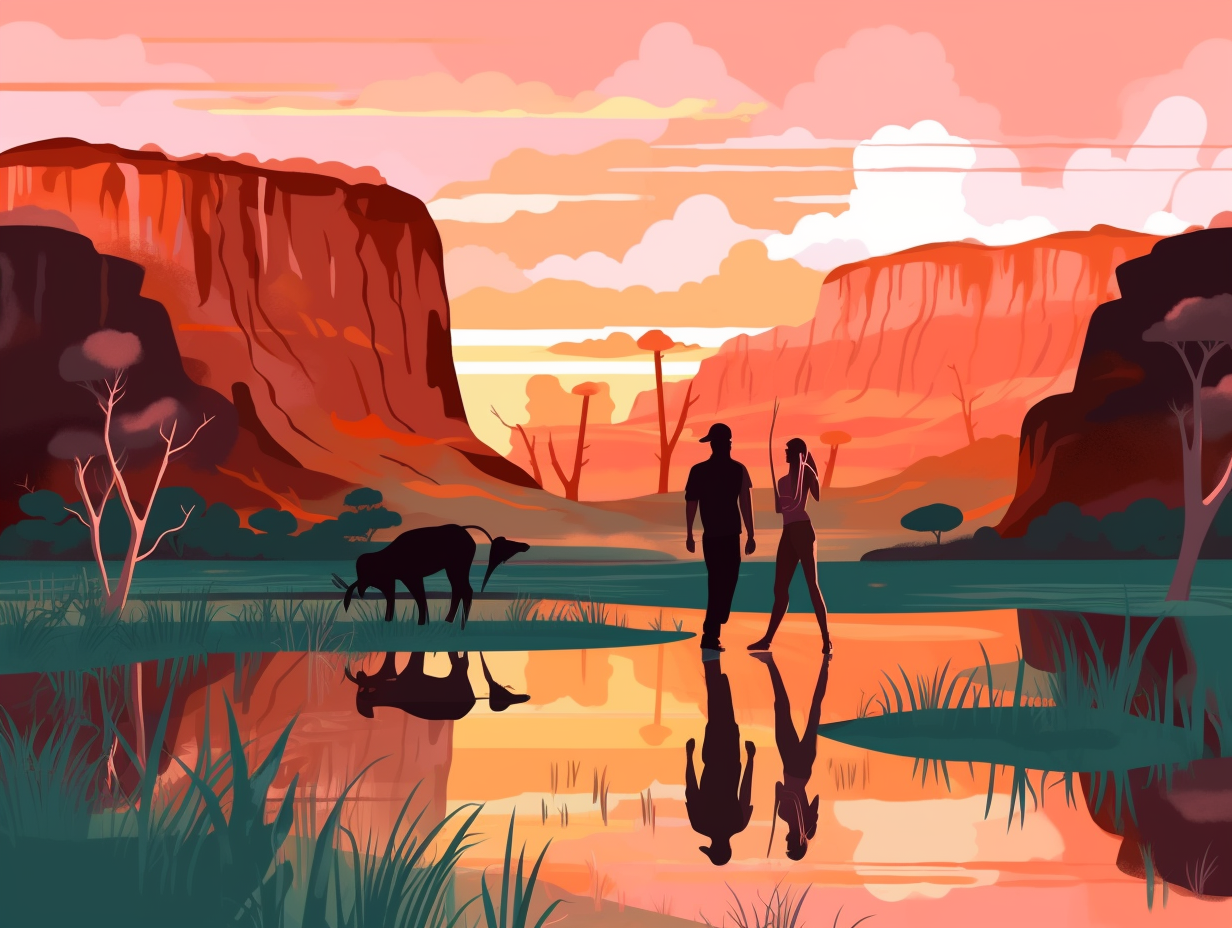
Discover how bowerbirds upstage Tinderbirds with their amazing fella pads, complete with optical illusions and blue bling to woo their mates. You won't believe their eye for detail!
=> Fun Facts about Australia
3. Uluru: The Enormous Kitchen Counter
If Uluru were a kitchen counter, it'd surely be the envy of every chef for chopping and dicing: This massive 863-meter tall Australian rock formation boasts a whopping 9.4-kilometer circumference, making it one of the world's largest monoliths and a sacred site for over 600 million years.
Source => britannica.com
4. Anangu's Ancient Refrigerator
Long before the invention of fridges, the Anangu people had a rock solid way of keeping their culture chilled: They've considered Uluru sacred and culturally significant for an impressive 35,000 years.
Source => independent.co.uk
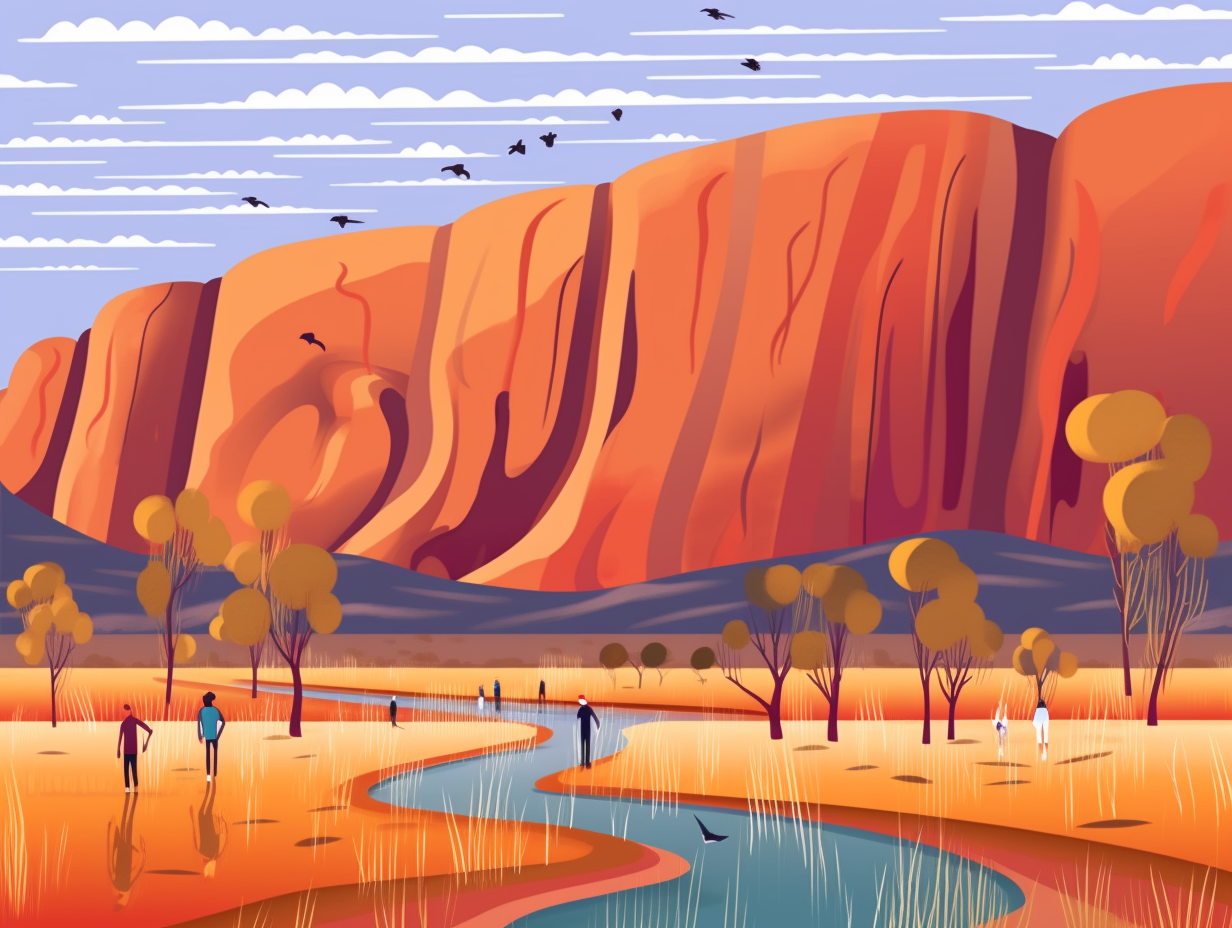
5. Uluru's Geological Love Story
When the bedrock got a bit too touchy-feely with the sand, things heated up and flirted with disaster: Uluru's unique formation is a result of a 500-million-year-old geological love story, where a massive sand fan and a conglomerate rock fan cozied up under extreme pressure, eventually bursting and merging to create the spectacular landmark we admire today.
Source => ulurutoursaustralia.com.au
6. Rockin' Range: Uluru & Kata Tjuta
Before the Rolling Stones, there was the Rockin' Range: Uluru and Kata Tjuta, the real classic rock stars that formed 550 million years ago! Givin' you sandstone grooves and basalt beats, these geological wonders have a secret hit deep down: most of their massive mass hides up to 6 km underground, making their grandiose appearance above ground just a taste of their true rocking depth.
Source => parksaustralia.gov.au
7. Uluru: The Giant M-Shaped Fold
Next time you're folding laundry, spare a thought for Uluru, as it might just be the world's largest geological M-shaped fold: The iconic monolith was formed 550 million years ago when layers of sandstone were pushed upward, and massive tectonic forces during the Alice Springs orogeny around 300 million years ago crinkled it into its colossal M-shaped formation.
Source => phys.org
8. Ancient Ancestors' Artistic Edge
Step aside, Picasso: ancient ancestors were already pioneering the art of painting at Uluru with pigments made from natural minerals and ash. By mixing them with water or animal fat, these Aboriginal artists whipped up red, yellow, orange, white, grey, and black hues, creating awe-inspiring rock art that continues to teach and amaze for tens of thousands of years.
Source => parksaustralia.gov.au
9. Indiana Jones' Uluru Warning
If you're tempted to take a piece of Uluru as a souvenir, you might want to remember the immortal words of Indiana Jones – “X never, ever marks the spot.”: There is no ancient curse at this iconic Australian landmark, but if you do take rocks, sand, twigs, or any other natural items, you'll be breaking Australian law and could face a hefty fine. So, don't be a "Raiders of the Lost Park" and think twice before snatching a relic; many tourists end up posting the purloined pieces back – along with an apology note.
Source => jetstar.com
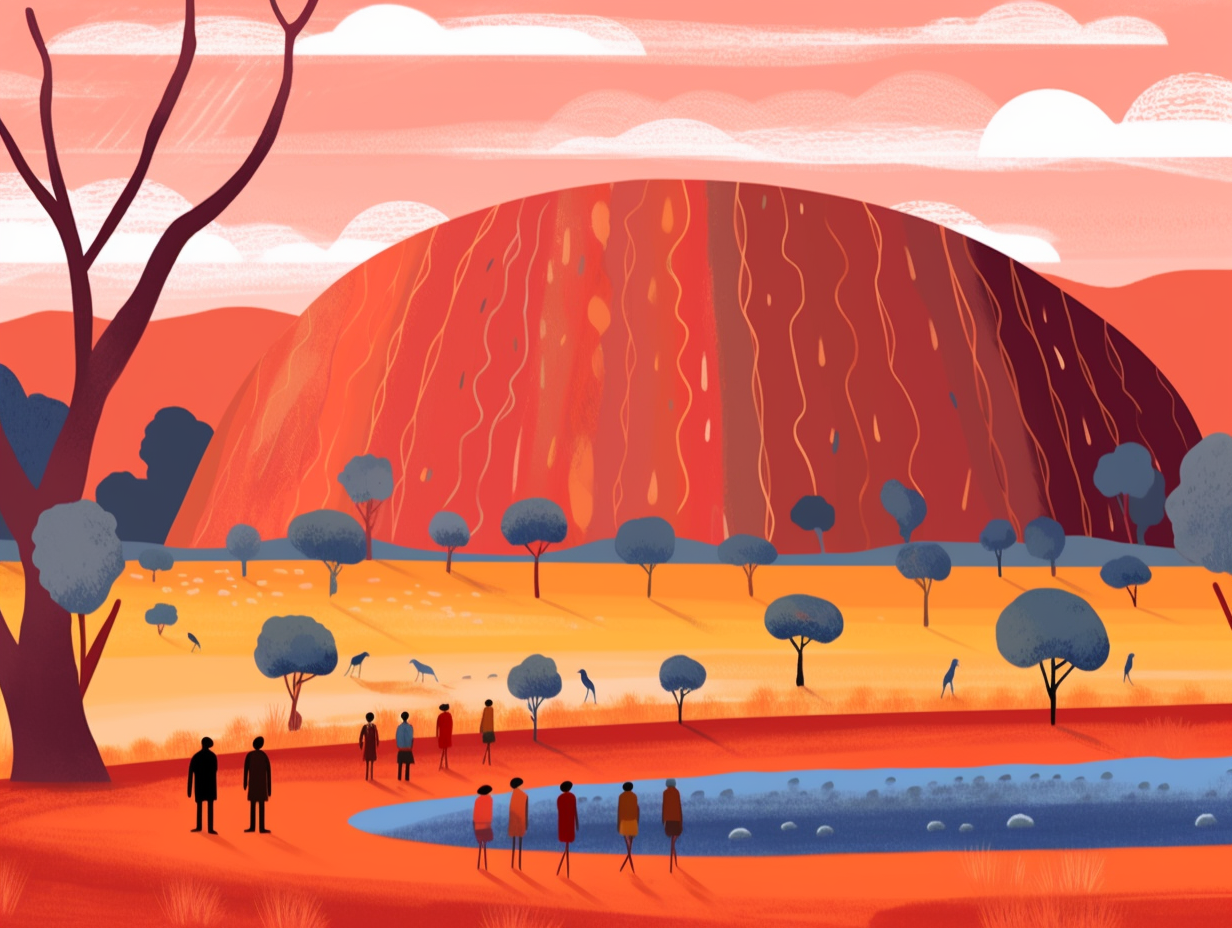
10. Ayers-Crack: Geologists' Joke
Uluru, or as geologists like to call it, "Ayers-Crack" because rocks have a sense of humour too: This majestic sandstone formation, sacred to the Anangu people, boasts an impressive 550-million-year lifeline, stands tall at 348 meters, and struts its stuff with a whopping 9.4-kilometer circumference.
Source => topoztours.com.au
Related Fun Facts


